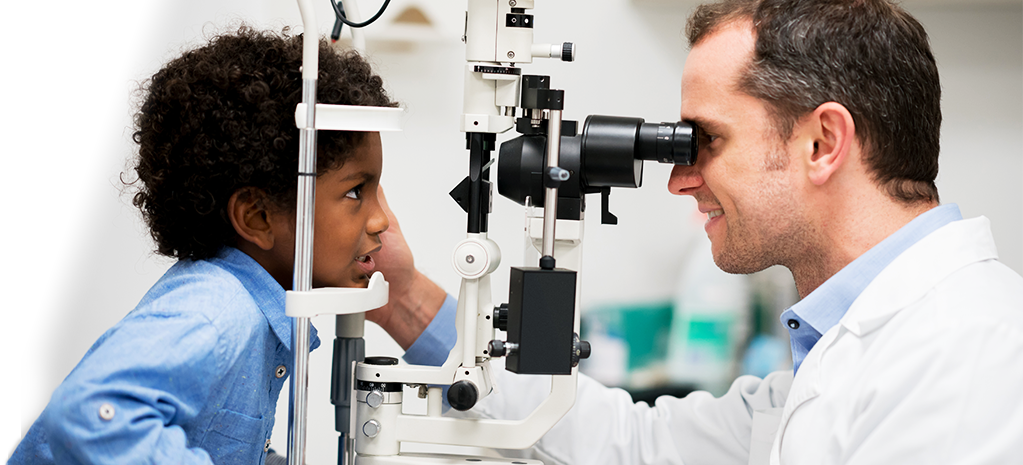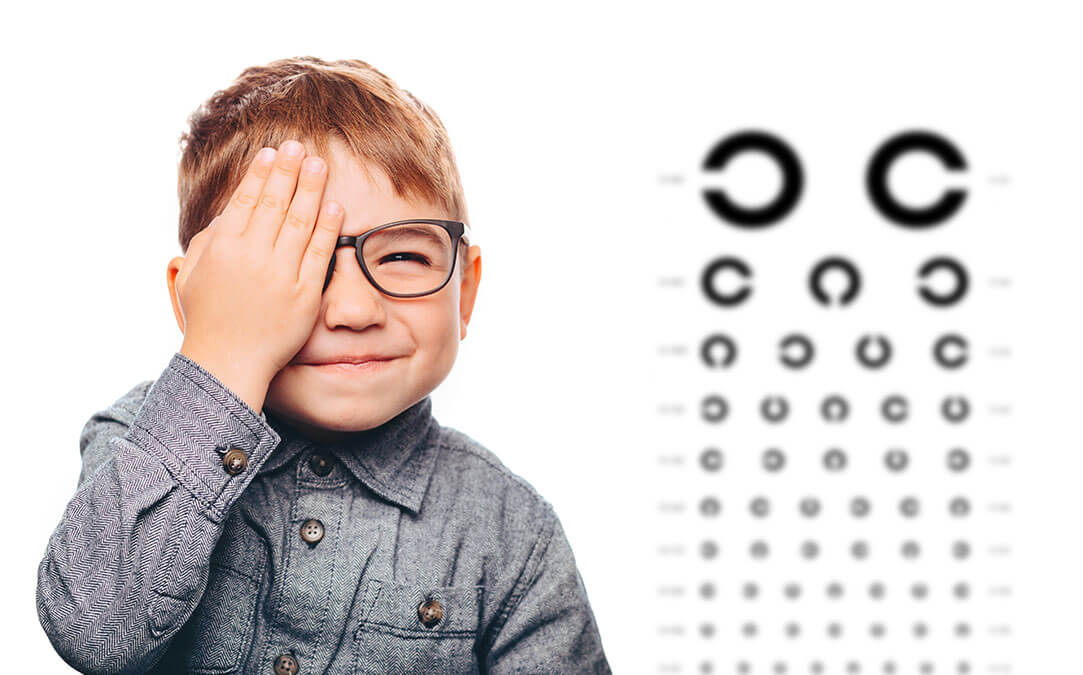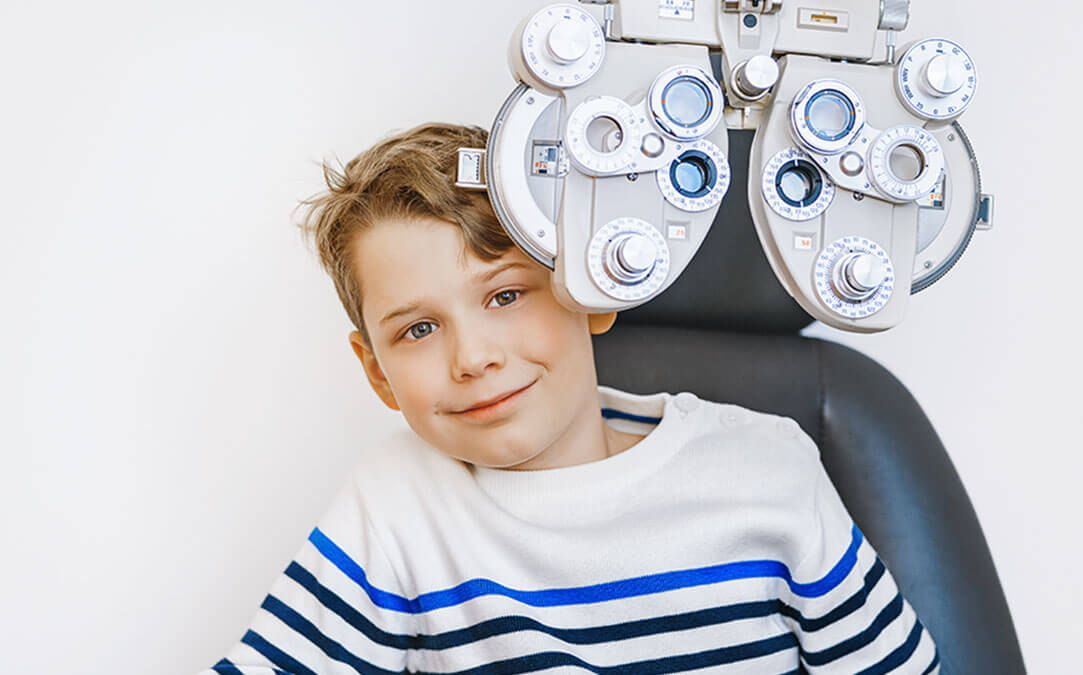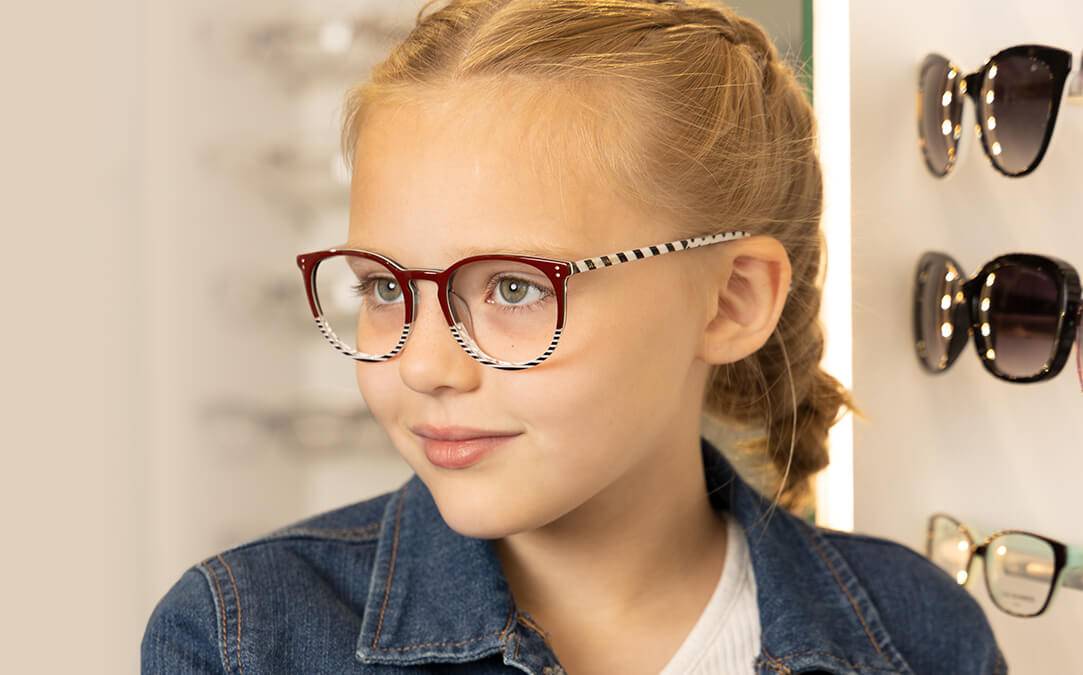Pediatric Eye Exams in Indiana
Heartland Vision reminds parents that good vision is critical for many classroom tasks - from reading books or seeing a whiteboard to viewing a computer screen. Without healthy vision, students can face unnecessary challenges not only in the classroom, but also to their mental, physical, social and emotional well being.
Early detection and treatment provide the very best opportunity to treat and correct vision problems to help children see clearly.



